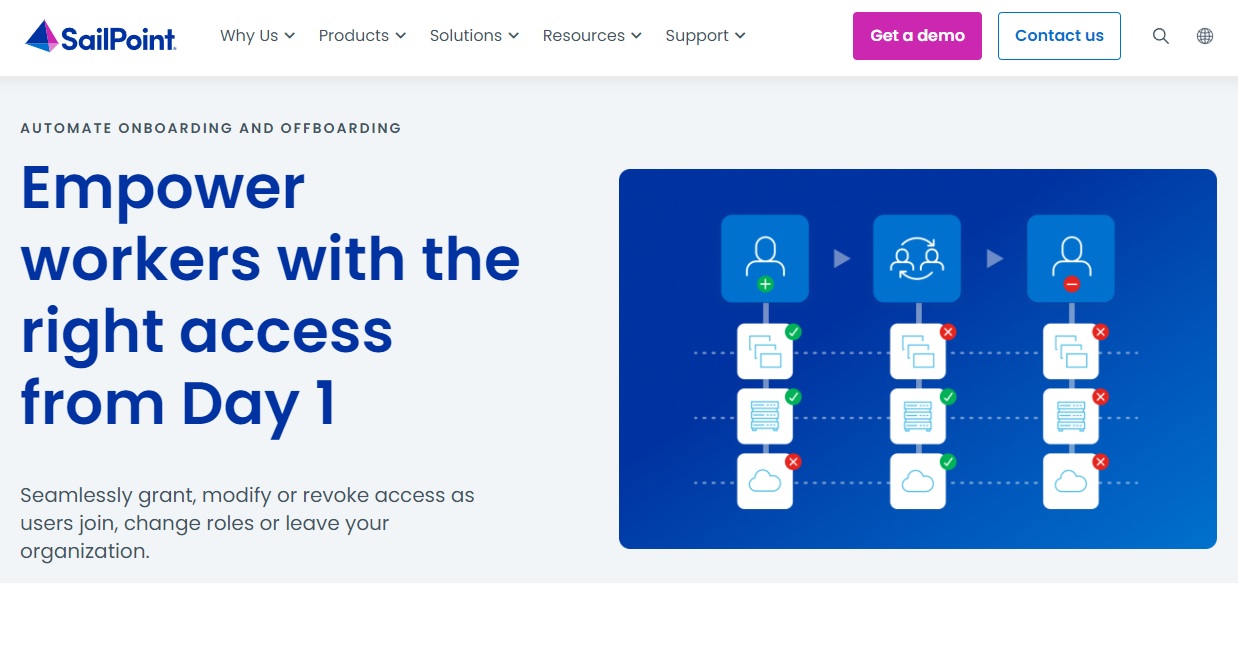Better project engagement can lead to better outcomes
In the project management world, we’re boldly aware of how crucial team synergy is to the project at large.
Information silos? Missed memos? Lackluster processes? No project team has time for that.
To truly thrive and meet stakeholder and organizational expectations, team project engagement must be a top priority.
But with hybrid and remote work models becoming the norm, keeping everyone engaged and on the same page requires focus to ensure teams remain aligned and effective.
So what’s a project leader to do?
Ask. The. Right. Questions.
By asking the right questions, you can gain clearer insight into project roadblocks, employee needs, and creative ideas that can help you build an engaged and healthy team.
If you’re eager to learn more about team project engagement, we have a treat for you, read on.
We’re taking a look at seven top questions you need to ask your team to boost project engagement and outcomes.
Ready? Let’s go!

3 Project-based questions to ask your team
For simplicity, we’ve divided this article into two main sections — project-based questions and employee-focused questions.
Let’s start by taking a look at three project-based questions you need to ask your team.
1. How can we make sure our project stays on budget and on time?
Ah, the age-old question… how can we deliver the project on time and on budget?
Overly discussed? Never. By asking your team this top question, you’ll prompt a discussion around what all projects aspire to but rarely deliver. Ultimately, all project stakeholders will contribute to achieving what is promised so start early with a candid and realistic review of what can be delivered when and for how much. Consider applying ranged vs. fixed estimates as there are uncertainties that a range will capture in best/worst case consideration whereas a fixed date or dollar amount is unlikely to be spot on. Investing in this dialogue up front and getting advice from project team members on the frontline will inform a better plan with new ideas, identified risks, more accurate resource assignments, clearer priorities, and better alignment.
Priceless!
2. What solutions can we present to the customer as competing priorities or critical chain roadblocks emerge?
Problem-solving together fosters team bonding like nothing else can. When you ask this question, be sure to emphasize the importance of brainstorming creative solutions together. That’s where the engagement magic truly emerges.
Also, consider deploying technology to your advantage. Today’s project management software delivers visualizations of roadblocks before they occur so you can course-correct before things derail. Project management solutions also enable scenario planning so that plans can be adapted to avoid potential problems right from the start and have data on how to best mitigate risk as it crops up. Software really does enhance productivity. Use it to your advantage!
3. What creative ideas can you contribute to enhance the project’s final output?
Give your team permission to be creative and watch how quickly engagement soars. By asking your team to share ideas that can enhance the project’s final output, you’ll be able to continuously improve your project processes and deliverables together.
By inviting engagement, you will be giving permission for project team members to contribute their best thinking. You may discover a member of the team has experience with project management software with which you can run simulations and better predict outcomes. Or, another may have experience with resource management, especially challenging these days as teams are so distributed and talent so scarce. With this kind of collaboration and the benefit of a tool where the team can calculate outcomes and leverage automatic resource leveling, you’ll be able to spot bottlenecks and reallocate team members and resources appropriately.
You can also invite employees to contribute creative ideas that can help support your company at large. For instance, you might have an employee recommend using a game-changing AI text generator that can enhance your company’s sales copy. Or a marketing automation tool that can shave off seven hours a week of precious company time.
This is gold, friends! Always ask for creative ideas and feedback.

4 Employee-focused questions to ask your team
Now that we have a better idea of what project-based questions to ask your team, let’s get to those employee-focused questions we promised you.
1. Do you require flexible working hours or time to work from home?
Asking your team members if they require flexible working hours or time to work from home is pivotal to sparking higher engagement rates.
In fact, in a survey by Internet Advisor, 48% of remote workers stated they needed to work from home for childcare responsibilities, while another 38% stated they needed to work from home for elder care responsibilities.
Bottom line? Supporting your team members’ scheduling needs can help you provide a working environment that promotes greater focus, boosts engagement, and ultimately leads to better business outcomes.
2. How are you feeling about your current workload?
Asking your team members about their workload and how they distribute their time can help determine which assigned tasks are repetitive versus which ones generate more project value.
If you notice employees are overbooked by monotonous tasks, consider outsourcing these tasks to a virtual assistant so your team can focus on more important ones. If you need an assistant that specializes, you can find virtual assistants that work in specific industries, such as virtual veterinary assistants or virtual construction assistants.
3. Do you have access to all of the necessary tools you need to complete projects?
It’s unfair to expect high project engagement if employees don’t have access to the tools they need to perform their jobs well. So, don’t forget to ask your employees if they have access to your company’s systems and tools. For instance, let’s say you have a software development team struggling with finding high-quality data for their projects. In this case, providing them with tools like a synthetic data generator can make their work easier to handle. Giving your team the necessary support will help them focus more on being productive rather than finding resources.
Be sure to manage access for employees so each of them has the tools they need to thrive at work.
 4. Have our company training resources helped you manage projects better? How else can we support you?
4. Have our company training resources helped you manage projects better? How else can we support you?
Training is a critical success factor for your project team. Ask your team members for feedback on your current company training resources and whether they believe those resources have helped them manage projects better.
It’s also important to go above and beyond the call of duty by asking for additional ways you can support your team members. This can involve anything from offering to help with a project they’re struggling with, to finding them a mentor, to just being a sounding board for their ideas. By showing that you care about their success, you can build a strong, supportive team that’ll be more likely to stay engaged.
Pro-Tip: Consider using an online course tool to create training modules specific to your company’s processes.
Wrapping up
Team synergy is the glue that holds a project together. Asking each project team member the right questions and providing them with the software solutions and support they need will enhance job satisfaction, productivity and project outcomes.
Having high project engagement is crucial for gaining clear insight into potential roadblocks, employee needs, and creative ideas that can help you build a strong and cohesive project team with momentum. And, the best software applications reduce monotonous and manual tasks to free them up to do their best work,
If you’re ready to foster better project engagement, we hope the questions we’ve shared today will help you get one step closer to generating the kind of team cohesion your organization and projects need to thrive.
For good measure, here’s a quick recap of the questions we’ve shared today:
- How can we make sure our project stays on budget and on time?
- What solutions can we present to the customer if we stumble upon supply chain roadblocks?
- What creative ideas can you contribute to enhance the project’s final output?
- Do you require flexible working hours or time to work from home?
- How are you feeling about your current workload?
- Do you have access to all of the necessary tools you need to complete projects?
- Have our company training resources helped you manage projects better? How else can we support you?
And that’s it. Now, it’s your turn. Go forth, gather your team, and don’t forget to ask the right questions!
 Author Bio
Author Bio
Kelly Moser is the co-founder and editor at Home & Jet, a digital magazine for the modern era. She’s also an expert in freelance writing and content marketing for SaaS, Fintech, and ecommerce startups.







